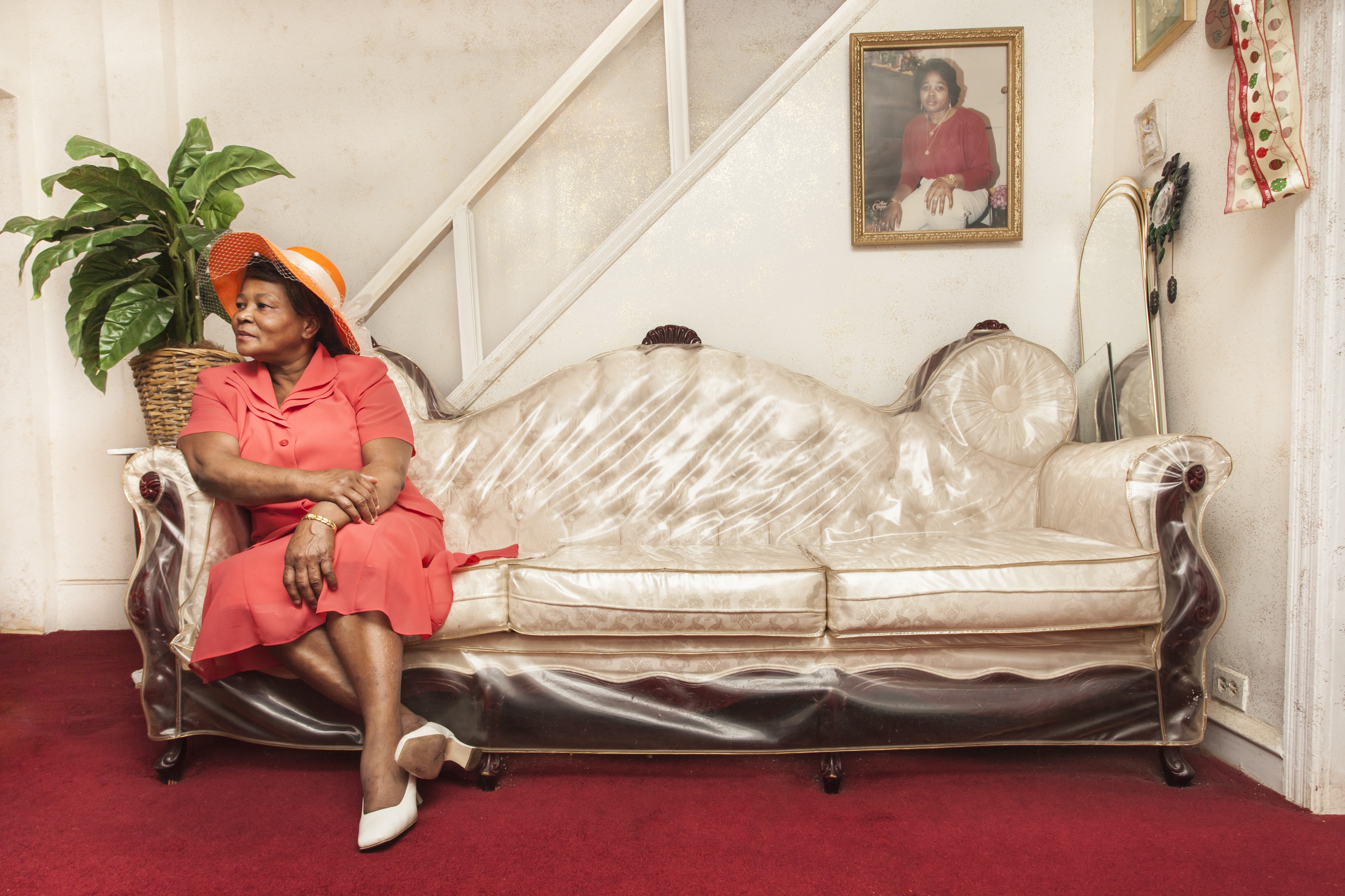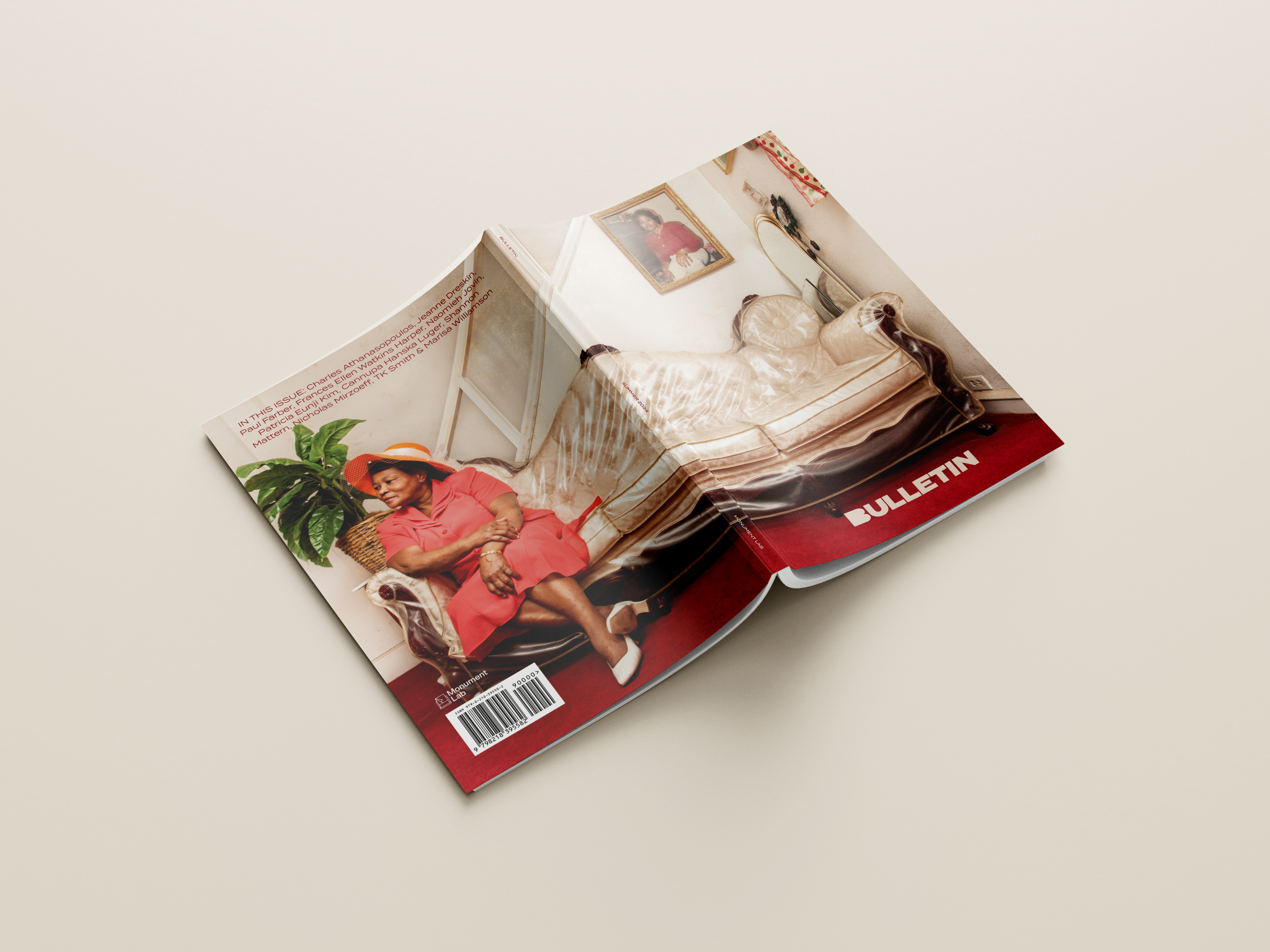“If you see me, then weep” is an English translation of the German “Wenn du mich siehst, dann weine.” These words are carved into a centuries-old hunger stone, or a stone monolith left to weather at the bottom of the Elbe River and discovered in 2022, when the water receded to levels not seen in a hundred years or more. The dire warning is evocative, the use of “if” signaling to the reader that the “me” may never be seen. This illusive “me” is hidden beneath water’s surface and therefore able to slip from our memories into hearsay or fable, if spoken of at all. Remarkably still legible, this stone and others like it are offerings from those suffering in the past to warn us that it may be too late. The stones were carved in time of drought and famine. When you see them, you weep for those who suffered, and now you must weep for yourself.
Morbid as the hunger stones may seem, they are monuments that embody the enduring spirit of the human species. The carvers, however hopeful, prayerful, or delusional they may have been in the face of famine, believed that their children might survive and so could face famine again. Using the technology that they had, letters carved in stone, they remind us of their turmoil. We, as receivers of the message, are reminded of our survival, and in that exchange across time and space, there is hope. I am most intrigued by this type of monument, which offers us, the living, something to help us survive in the present, be it a warning, a lesson, or hope. By this metric I measure the utility of decaying colonial buildings and valorous monuments to war and conquest. Does the preservation of a monument truly add value to the lives of the living, or does it idealize a complicated and violent past for the purposes of denying accountability and change in the present?
My Granna and I often debate the removal of contested public monuments. These structures usually embody some problematic sentiment held by those who have historically oppressed folks like us. Folks like us are often not responsible for, nor do we benefit from, the erection or preservation of these monuments. But we judge their worth over our morning coffee anyhow. For me, removal, sanctioned or otherwise, signals a shift in public sentiment, an interruption of the status quo, always with the added potential of new conversations about the world we share. I celebrate the scars of protest on these objects and feel a sense hope at the sight of an empty plinth. For my Granna, who has witnessed so much more of humanity’s evil than I have, these contested structures are warnings. She sees them as historical evidence, so folks like us don’t forget the evil we’ve dealt with. Folks like us can’t afford to forget.

Forgetting is foolish—foolish and seductive. For folks like us, the mind oscillates between the struggle to remember each and every evil that awaits our testimony, evil done against us and the land, and a desire to forget. Sometimes you’ll hear from folks like us that certain histories were never discussed at home, certain stories were never told. Someone made a conscious decision to suppress one evil or another to stop the passing down of trauma through generations. Liberated from a tumultuous history, one hopes that forgetting might offer our children a new consciousness, perhaps even give them new flesh, free of the internal damage caused by pain, stress, and fear. Unfortunately, we continue to live in precarious times in which, without a monolith waiting when the waters recede, forgetting can be fatal.
Power is the real topic of my early morning conversations with my Granna. The underlying concern in our discourse on monuments is who has the power to choose what is remembered and who gets to choose what is forgotten. This is where history and memory can be conflated. In the case of the United States, historical narratives have traditionally been used to oppress. When a monument is erected, someone is shaping public history, reinforcing historical narratives in metal and stone, with the intention of impacting collective memory. For folks like us, memory is marked on our flesh and so much of our own flesh is offered back to our oppressors in an attempt to appeal to their supposed humanity. The belief that our oppressors don’t know the effects of what they do is a fallacy—metal and stone against flesh. Willful ignorance requires one’s willingness to ignore, deny, and forget. It is here that forgetting is a privilege. By design, folks like us are too busy surviving to suss out whether ignorance is willful or pathological, and besides—the lick hurts the same.
So, in dire times such as these I heed my Granna’s words. Perhaps we don’t bring all contested monuments down, perhaps instead we deface them with the words, “If you see me, then weep.” This iconoclastic gesture could be our warning to the present, so we don’t readily forget the evil we’ve dealt with. Someone once told me, in times of conquest and revolution, the historian dies first. In the face of present genocide, fascism, Zionism, vast economic disparities, and unprecedented climate change, what should the stone waiting for us at the bottom of the river say?
What could I say to our children, should they survive this?
If you see me, then speak,
call evil by its name.
If you see me, then
remember, life-sustaining
ecosystems are fragile.
If you see me, then know,
you were loved long before you were born.
If you see me, then weep,
it may be too late.
About Bulletin
This story is featured in the inaugural print issue of Bulletin, a public art and history print journal offering perspectives on critically reading and reimagining monuments. We collaborate with artists, scholars, curators, activists, and writers to question the symbols and systems that we have inherited—and to envision new directions and pathways for public memory.
Edited by Patricia Eunji Kim, this issue explores the theme of “Ghosts.” Contributors Charles Athanasopoulos, Jeanne Dreskin, Paul Farber, Frances Ellen Watkins Harper, Naomieh Jovin, Cannupa Hanska Luger, Shannon Mattern, Nicholas Mirzoeff, TK Smith, and Marisa Williamson consider the specters, haunting sensations, and eerie remnants of the past as they relate public art, space, and memory. Learn more and buy a physical copy of the full Bulletin today!

